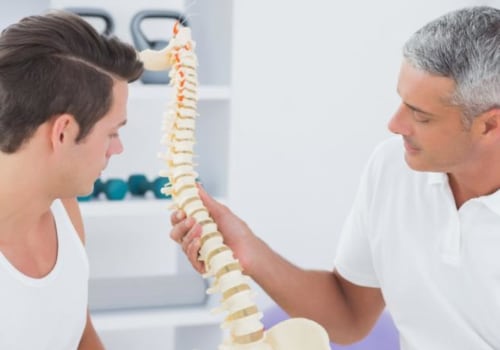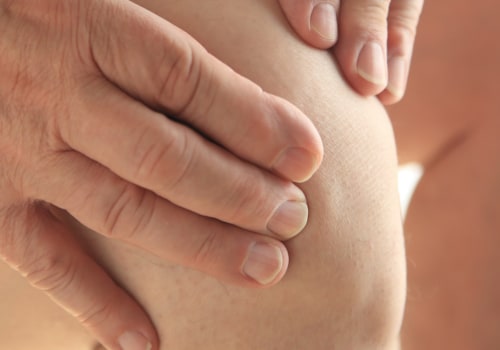The question of whether osteopathic doctors are as good as medical doctors is one that surfaces frequently in discussions about healthcare options and medical education. To address this, it's crucial to understand the distinctions and similarities between Doctors of Osteopathic Medicine (DOs) and Doctors of Medicine (MDs). Both types of physicians are fully licensed to practice medicine, perform surgeries, and prescribe medications in the United States. They both undergo rigorous medical education and training, including undergraduate studies, medical school, and residency programs. However, osteopathic doctors receive additional training in osteopathic manipulative treatment (OMT), a hands-on approach that focuses on diagnosing and treating illness within the musculoskeletal system.
This fundamental difference in training reflects a broader philosophical difference between the two paths: osteopathic medicine takes a holistic approach to patient care, emphasizing preventive medicine and the body's innate ability to heal. This perspective is integrated into all aspects of an osteopathic physician's training and practice, aiming to treat the whole person rather than just the symptoms. MDs, while also trained to provide comprehensive care, traditionally follow a more allopathic model that focuses on diagnosing and treating diseases primarily through the use of drugs, radiation, or surgery.
Both DOs and MDs must pass national licensing examinations, and they can choose to work in any specialty of medicine. They are equally eligible for medical residencies, competitive specialties, and research opportunities. The quality of care provided by DOs and MDs is considered to be on par, as evidenced by numerous studies that have compared patient outcomes between the two types of physicians. These studies have consistently shown no significant differences in the quality of care, patient satisfaction, or clinical outcomes.
Furthermore, the integration of osteopathic physicians into all areas of healthcare, from primary care to specialized medicine, and their participation in cutting-edge medical research, underscores the equivalence in the quality and scope of medical care they provide compared to their MD counterparts. The holistic approach DOs bring to patient care is increasingly recognized and valued in a healthcare landscape that is evolving to emphasize comprehensive, patient-centered care, preventive medicine, and the treatment of chronic conditions, which often require a multifaceted approach.
In addition to their medical training, osteopathic doctors' commitment to continuing education and professional development, such as participating in an emergency paediatric first aid course in Manchester, demonstrates their dedication to maintaining high standards of care, particularly in critical and specialized fields of medicine. Such courses not only enhance their skills but also ensure they are equipped to address specific emergency situations with the highest level of competence and care.
The question, therefore, is not so much about whether osteopathic doctors are as good as medical doctors but rather about recognizing the unique contributions each brings to the healthcare system. The differences in training and approach between DOs and MDs enrich the medical profession, offering patients a broader range of treatment options and perspectives on health and wellness. As the healthcare field continues to evolve, the collaboration between DOs and MDs will be crucial in addressing the complex health needs of the population, ensuring that all patients receive the highest quality of care, regardless of the letters behind their physician's name.
In conclusion, osteopathic doctors are as capable and qualified as medical doctors, with both bringing essential skills, knowledge, and perspectives to the practice of medicine. The integration of osteopathic principles into the broader medical landscape highlights the value of a holistic approach to patient care, emphasizing preventive health and the treatment of the whole person. The equivalence in education, licensing, and practice rights further supports the notion that DOs and MDs are peers in the medical community, each playing a vital role in advancing healthcare and improving patient outcomes.







